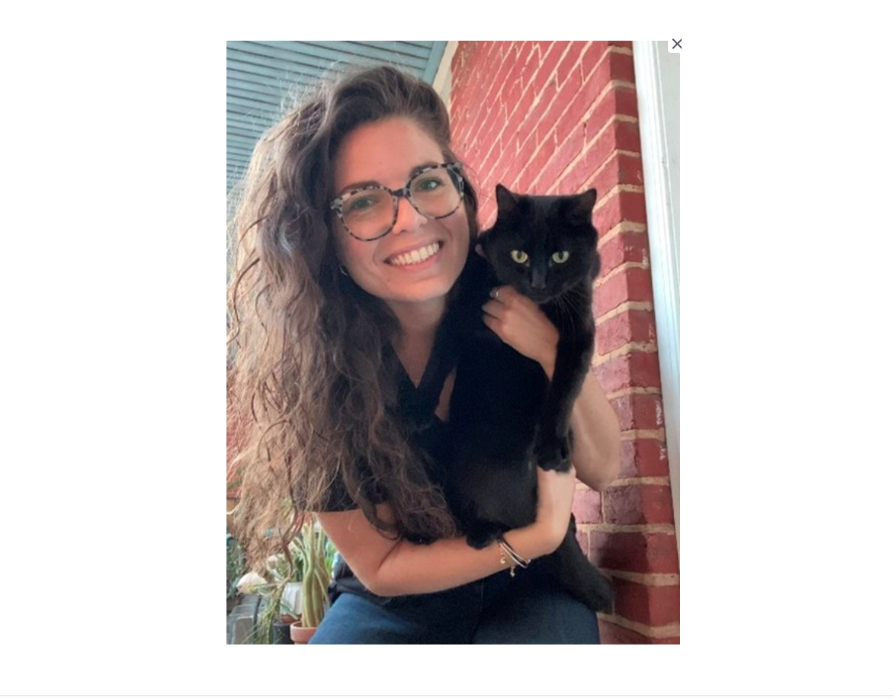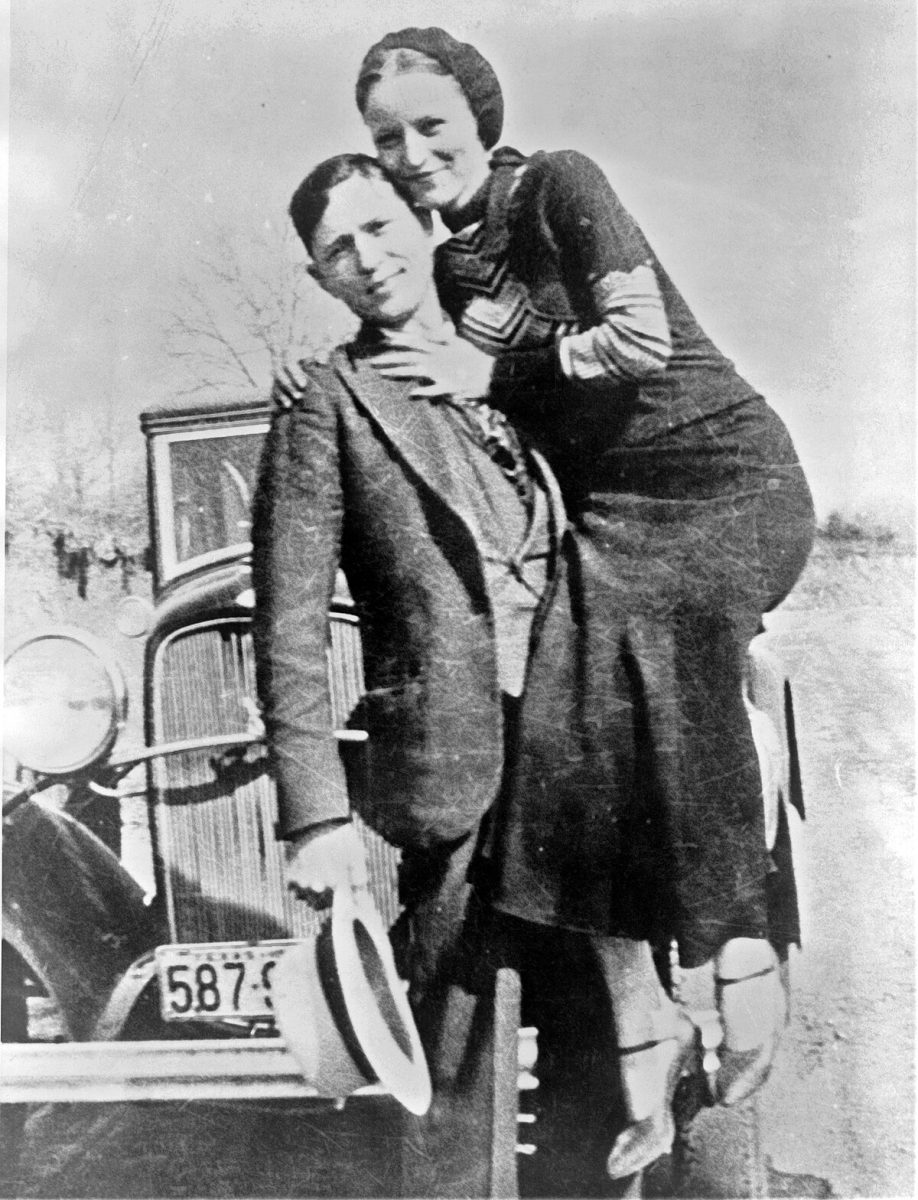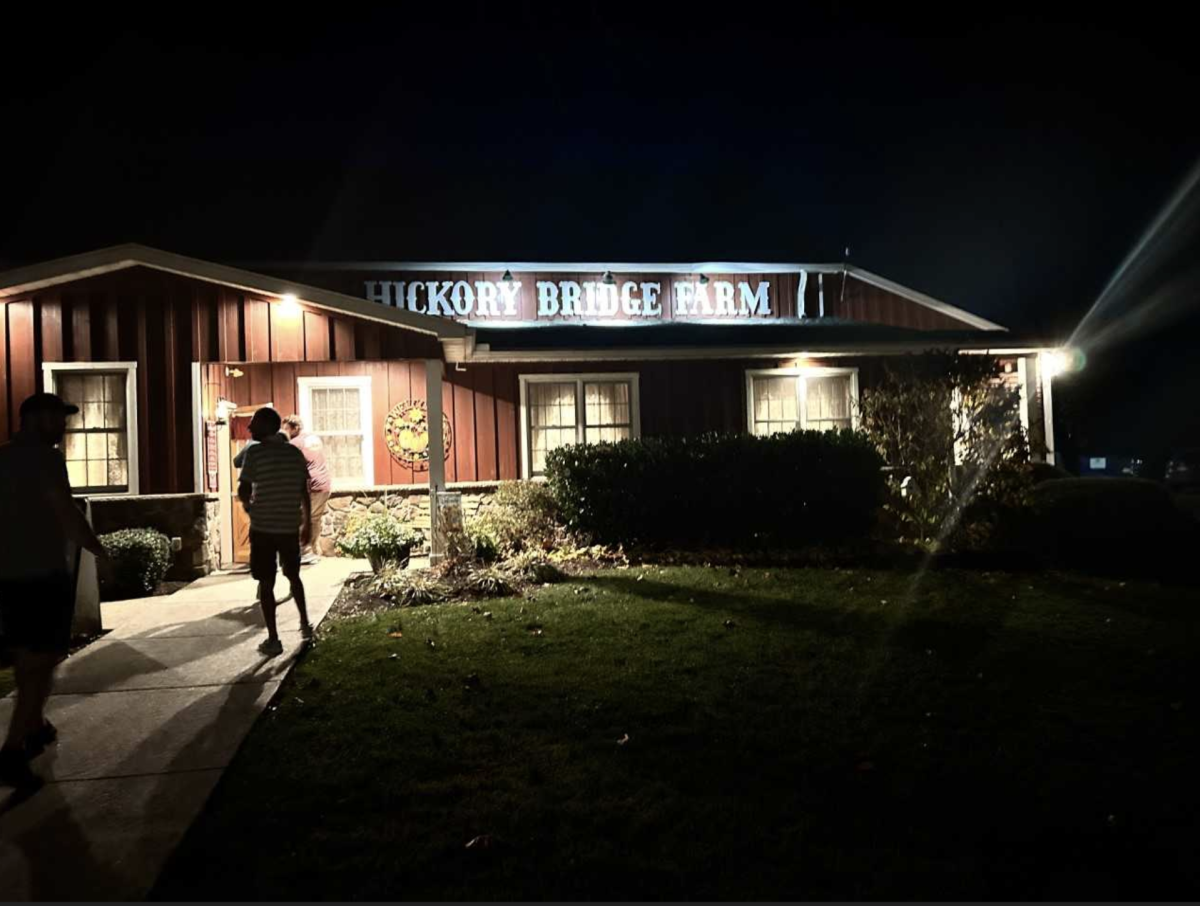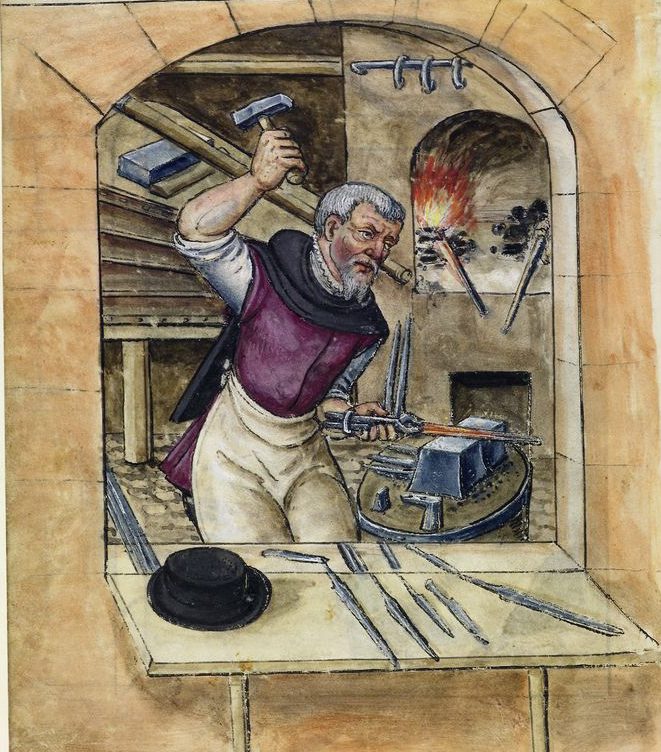In a rapidly changing world dominated by technology and mass production, many traditional trades and crafts have faded into obscurity. Among these arts is blacksmithing. Blacksmithing stands out as a remarkable craft that not only shapes metal but also forges a connection in our communities. This ancient skill once essential for creating tools, weapons, and household items, is now overlooked in favor of more modern practices.
Blacksmithing is more than just heating and hammering metal; it is an art form that requires a deep understanding of material, precision, and creativity. The field of Blacksmithing includes Brownsmiths, Bladesmiths, Whitesmiths, Gunsmiths, Arrowsmiths, Silversmiths, Goldsmiths, Pewtersmiths, Coinsmiths, Farriers, Armourer’s and much more! In search of finding some perspective on the profession and wanting a deeper look into the personal life of a local craftsman, an interview was conducted with a Bladesmith who vividly explains his thoughts on the trade.
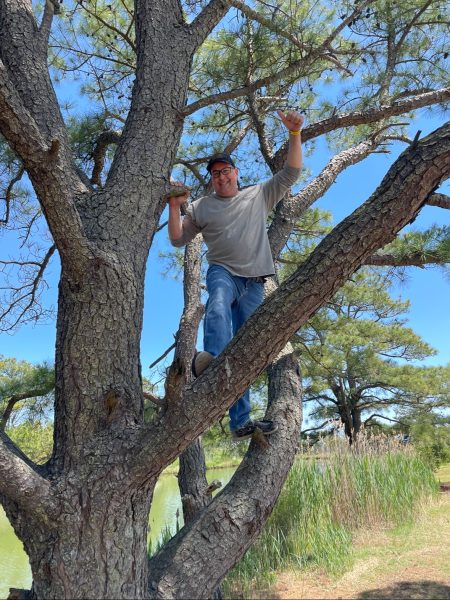
David Germroth of Rocky Ridge Forge opens up about his goals for blacksmithing, why he views the trade as important, the fulfilling aspects, and what it means to him!
Goals For Blacksmithing
Blacksmithing was once a dying trade, but the ancient skill is undergoing a modern revival as homeowners and hobbyists, such as David, drive demand for custom-made metal art.“When I make a knife for someone, a chef for instance, I expect it to last forever with proper care. I expect it to keep a sharp edge for an exceptionally long time.” Germroth expresses that his goal is to continue the craft and to teach others along the way, because why wouldn’t people want a stunning handcrafted tool made with awesome steel and beautiful wood!
Why Blacksmithing Is Important
Hand forging metal, whether for a blade, tool or hardware is challenging and rewarding. David’s business Rocky Ridge Forge is known for bartering and recycling. Scraps or leftovers from wood that seem unusable and old pieces of high quality metal scraps like car parts and your granddads rusty old tools, might be the best knife you ever had! “If I take an old wrench that a client gives me and turn it into a blade, it is the only one of its kind! In fact, it is almost impossible to make perfect copies of things when blacksmithing. Each item has its own perfect imperfections!” David goes on to say what the current expectations of mass production knives are, “So much of what we buy today [are] items made to throw away, not built to last. I know the things made at Rocky Ridge Forge are going to be passed onto future generations!” This is what we all want and expect when it comes to investing in high quality American made cutlery!
What Blacksmithing Means To A Blacksmith
“I love the thought of taking a piece of metal and transforming it into something useful and special”… “Re-purposing old metal is truly one of my favorite things to do!” Do you remember that feeling you would get as a child when you would show your parents or a loved one something you created or accomplished? For example a drawing or a good grade in school. This is the feeling produced when hand forging a blade, and then seeing its execution, “Making something beautiful out of a rusty piece of metal or old tool is extremely rewarding. Combining metal with beautiful wood is one of my favorite parts of being a Bladesmith!”
The Fulfilling Aspects
When a Smith takes something that seems so lackluster and turns it into something truly special and remarkable, it is hard not to respect the trade! Germroth expresses his warm sentiment about his passion that is Blacksmithing, “I love art and that is what Blacksmithing is! Someone once said that when you work with your hands you are a laborer. When you work with your hands and mind you are a craftsman. When you work with your hands, mind, and heart you are an artist. It’s a pretty cool thought!” Louis Nizer, a lawyer, author, lecturer, advisor and above all else an artist, is the owner of this quote and has amazingly summed up the true essence of any artist.
In conclusion, the Smithing business is not for the faint of heart. It requires hard-work ethic, patience, problem solving skills, physical strength, conceptualization, and most importantly the love for creating and innovating. Everything around us is intertwined in the history of Blacksmithing! The iron used in the blade and armor for a jouster participating in our state sport, the pewter, ammunition, and bombshells fired by George Washington’s army in defeating the British in the Battle of Yorktown made locally at the Catoctin Mountain Furnace, and small business owners such as David Germroth who make hand forged blades for our community. So as we admire their creations, let us support and celebrate the skilled artisans that we call Blacksmiths!






